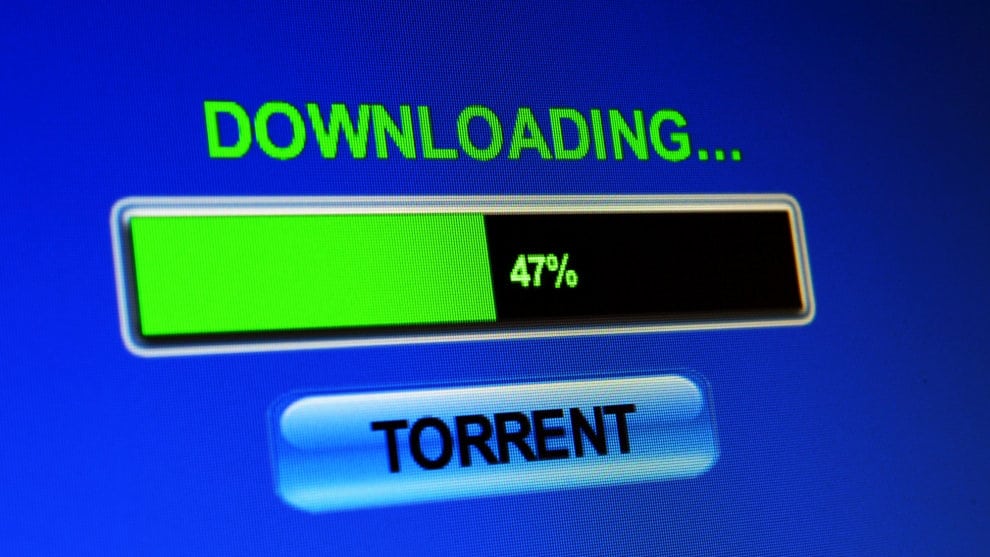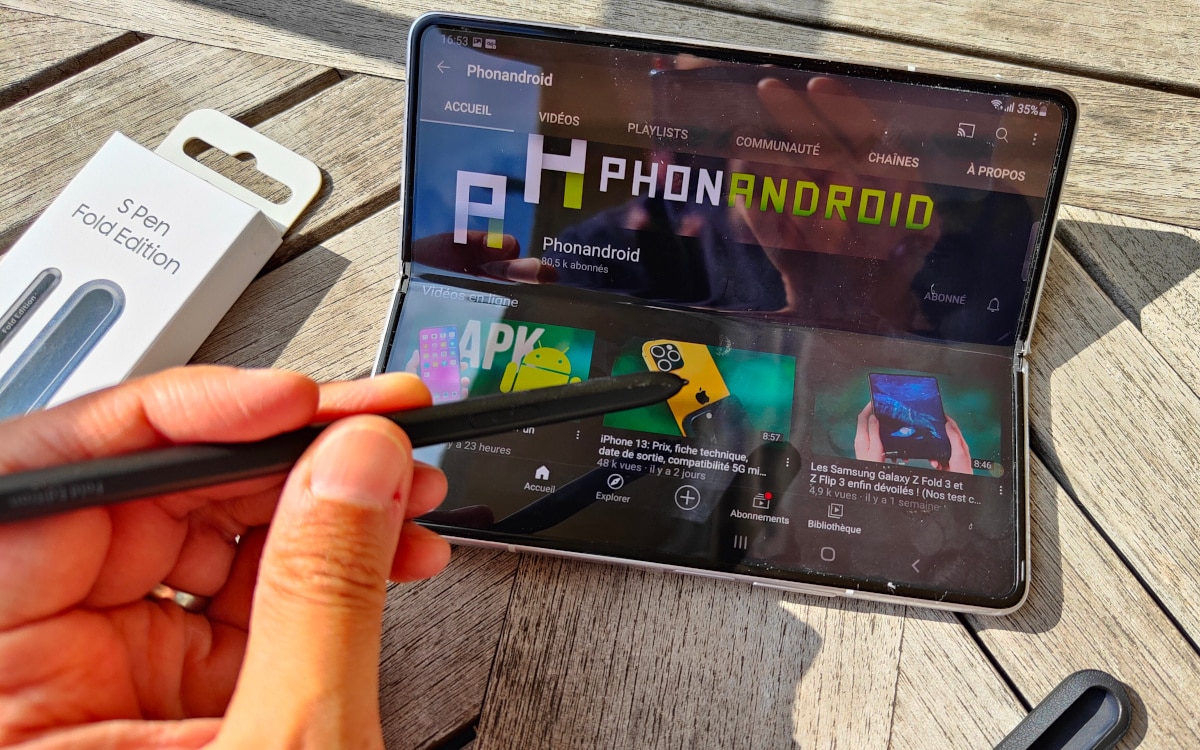All about fiber optics: advantages and disadvantages
Contents
Internet is everywhere, for everyone…
The Internet has become an ubiquitous entity in our lives. Whether looking for information, keeping in touch with friends and family, or even finding a job, the Internet is everywhere and within everyone’s reach. Technology offers unprecedented possibilities for people around the world.
The benefits of using the Internet are many and varied.
- Thanks to himit is possible to quickly find information on almost any subject and it can be done from any platform, be it a computer or a smartphone. Additionally, social media makes it easier and faster for people around the world to connect than ever before.
- Moreover, The Internet also brings users the opportunity to participate in different online activities such as online shopping or online reading.. People can obtain products or services without physically traveling to a physical store and furthermore can enjoy the digital content available on various digital platforms without having to purchase the corresponding physical books.
- Finally, The internet allows individuals to access various jobs that otherwise would not be accessible. Additionally, employers can now search for qualified candidates across the globe through online recruitment through various specialized websites like LinkedIn, Monster, and CareerBuilder.
Clearly then, the internet has dramatically transformed our modern way of life and is accessible to anyone with access to a web-connected device.
Internet is at all connection speeds
The internet is a rapidly developing technology that provides users with faster connection speeds than ever before. This performance improvement has been made possible through the use of advanced technologies, such as coaxial and optical cables, fiber optics and wireless networks. These new technologies have enabled the world to access the Internet at speeds of up to 1 Gbit/s.
However, it is important to note that the connection speed you will benefit from will vary depending on the type of Internet subscription chosen and the provider with which you are connected. Your geographic location can also impact your speed. Rural areas may not enjoy the same speeds as urban or suburban areas. Finally, your connection speed can be affected by the number of devices connected to your home network, as the more devices connected simultaneously, the less bandwidth available to each device will be.
What is fiber optic?
fiber optic is a data transmission technology that uses light to carry information through a fiber optic cable. This type of cable is made of an extremely thin glass or plastic filament, often coated with a protective material. Fibers are designed to transmit light signals over long distances without significant data loss or corruption.
The benefits of fiber optics are numerous, including its greater capacity and transmission speed compared to other means such as copper lines or radio networks. The optical fiber can transmit multiple data types at once, which allows users to access a variety of applications such as digital television and high-speed Internet, as well as voice services such as IP telephone and voicemail. Moreover, it offers greater reliability and better data security thanks to its isolation against external electromagnetic and physical interference.
What are its advantages of optical fiber?
Optical fiber offers many advantages over other transmission methods.
- First of all, it is much more reliable and secure than other transmission methods. Optical fiber is highly resistant to electromagnetic interference and most environmental conditions, allowing for uninterrupted communication.
- Moreover, optical fiber is a very fast solution and can reach speeds of up to 10 Gbit/s or even 100 Gbit/swhich enables instantaneous and fluid communication between users.
- Finally, the use of optical fiber is relatively affordable and does not require the installation of a large number of cables or other expensive materials. This greatly reduces the overall cost of the system and makes it easier to deploy on a large scale.
Where is the deployment of fiber optics in France?
The deployment of optical fiber has been underway for several years in France. The initial goals were ambitious, but the progress is real and significant. Really, According to the latest figures published by ARCEP (Regulatory Authority for Electronic Communications and Posts), more than 10 million French households have access to fiber optics, ie nearly 40% of the total.
Deployments are well underway and continue in all regions of the country. Most providers offer a very high speed (THD) offer with up to 1 Gb/sec or more. The new generation of FTTH (Fiber to the Home) technologies makes the service even faster and more efficient than before.
The French State has put in place a massive investment plan to support the deployment of fiber optics throughout France, in particular thanks to the National Digital Innovation Fund (FNIN). This fund allows local authorities and private companies to accelerate their deployment so that all French people can benefit from the advantages offered by this innovative technology.

